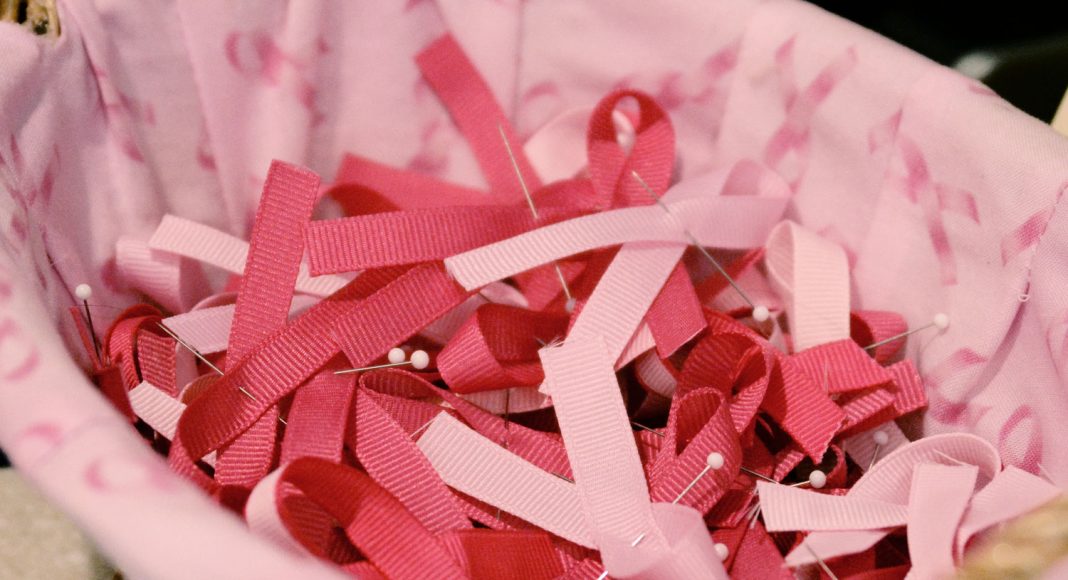Breast cancer is the second most common cancer in women; one in ten will be affected by it at some point. There are a variety of highly successful chemical, radiological, and surgical treatment options. But they’re not particularly pleasant. Moreover, some tumors are resistant and prone to relapse.
Ideally, we would find an effective nonsurgical intervention with minimal side effects. Could such a cure exist, or is it just a tantalizing will o’the wisp?
-
Related Story: Little-Known Health Effects Of Medical Marijuana
As remarkable as it may seem, there is reliable and growing for-real evidence suggesting that cannabis can slow the growth of tumors by hindering their ability to hijack blood vessels for their own nefarious purposes (aka angiogenesis), hamper the migration of cancer cells throughout the body (aka metastasis), and actually hasten the death (aka autophagy and apoptosis) of these otherwise uncontrollably proliferating rogue cells. In other words, cannabis really does fight cancer.
Now that we’ve glitter-bombed your eyes with stardust, allow us to wipe some of it away. There is not this one thing called “cancer.” It has many, many forms—each one of which must be studied separately. Success in brain cancer, for instance, may not apply to cancer of the colon. And no studies have been done on living people. Tissue samples and lab mice supply all our data so far.
-
Related Story: Why Won’t My Doctor Prescribe Medical Marijuana For Me?
So, in short, there is no cannabis cancer pill. And we’re not likely to have one anytime soon.
Researchers have documented anti-cancer activity in cannabis since the 1990s. But the big breakthrough in breast cancer came in 2007, when Dr. Sean McAllister showed that CBD, the gentle, non-intoxicating sibling of THC, fights the most malignant forms of the disease by switching off the ID-1 gene. That’s a gene that is furiously active when we are embryos, but, once we’re fully constructed fetuses, it checks out to an early retirement. If the ID-1 gene should wake up later in life, however, which it occasionally does for mysterious reasons, its unwanted labor gifts us with malignant, invasive tumors.
Since the McAllister report, there have been a number of studies confirming and extending its findings. This 2012 review gives an excellent overview, if you’re interested and want to wade through the science. The authors (who themselves have been engaged in extensive cancer research at Madrid’s Computense University) conclude that cannabinoids that work on the CB1 and CB2 receptors (typically that means THC and CBD, respectively) have “anti-tumor activity” but do not harm healthy tissue—at least in test-tube experiments and mouse studies. This position has gained the imprimatur of the National Cancer Institute, which proclaims that the cannabinoid receptors “may be potential targets” in breast cancer.
As the next step toward a full-scale clinical trial, the review authors recommend isolating the most effective cannabinoid or blend of them. This challenge wast taken up by the authors of a 2014 study, which found that a cannabinoid compound with the dystopian sci-fi worthy name 0-1663 was more effective at combatting breast tumors and extending life (in mice) than a blend of THC and CBD.
And that, for the time, is the state of the art of cannabinoid and breast cancer research.
Meanwhile, on the symptom-management front, Sativex, an oral spray that combines THC and CBD, is currently in trial in the US for treating breast cancer pain. (It’s already approved for other uses in Europe and Canada.)


